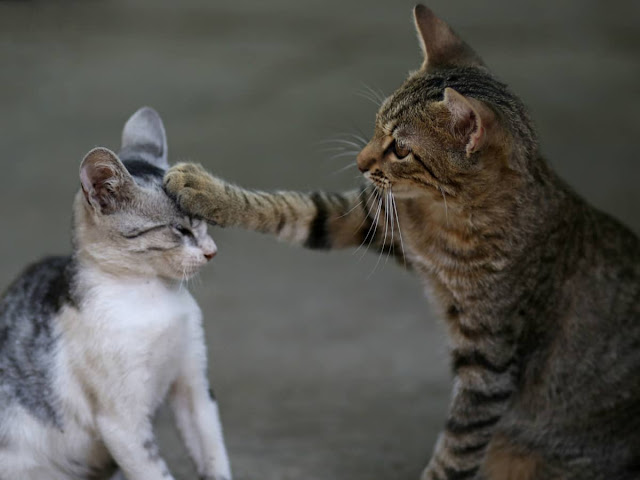Bringing a new cat into your home is an exciting and joyous experience. However, ensuring that your feline friend grows up to be a happy and well-adjusted companion requires careful attention to their socialization. Just like humans, cats have unique personalities and behaviors that are shaped by their early experiences and interactions. In this blog post, we will explore the importance of cat socialization, the critical period for socialization, and effective strategies for fostering positive social skills in your furry friend.
Understanding Cat Socialization
Socialization is the process through which cats develop positive associations with people, animals, and their surroundings. It involves exposing kittens or newly adopted cats to various stimuli in a safe and controlled manner, enabling them to become familiar and comfortable with different environments, sounds, objects, and beings. Socialized cats tend to exhibit fewer behavior problems, are more confident, and are better equipped to adapt to new situations.
The Critical Period for Socialization
The critical period for cat socialization occurs between two and seven weeks of age. During this time, kittens are most receptive to new experiences and less likely to develop fear or anxiety. However, it is important to note that cats can still be socialized beyond this window, but it may require more patience and effort.
Strategies for Cat Socialization
1. Gradual Introductions: When bringing a new cat home, it is crucial to introduce them gradually to their new surroundings. Start by confining them to a small, quiet room with essential amenities such as food, water, litter box, and a comfortable bed. Allow the cat to explore the room at their own pace, gradually expanding their access to other areas of the house.
2. Positive Reinforcement: Reward your cat with treats, praise, or playtime when they exhibit desirable behavior, such as approaching new people or animals calmly. Positive reinforcement strengthens the association between social interactions and positive outcomes, making your cat more inclined to engage in social activities.
3. Gentle Handling: Regularly handle your cat from an early age, ensuring they become accustomed to being touched, petted, and groomed. This will make visits to the veterinarian or encounters with unfamiliar individuals less stressful for them.
4. Controlled Exposures: Introduce your cat to a variety of experiences in a controlled manner. Gradually expose them to different people, including men, women, and children, as well as other animals if they are comfortable. Expose them to various sounds, such as vacuum cleaners or doorbells, to help them become desensitized and less fearful.
5. Enriching Environments: Provide your cat with a stimulating environment that includes scratching posts, toys, perches, and hiding spots. This will encourage exploration, play, and mental stimulation, fostering their social and cognitive development.
6. Playtime and Interactive Toys: Regular interactive play sessions with your cat using toys such as feathers, strings, or laser pointers can help build trust and strengthen the bond between you and your feline companion. Playtime also provides an outlet for their natural hunting instincts.
7. Patience and Consistency: Remember that socializing a cat takes time and patience. Each cat is unique, and some may require more time to adjust than others. Be consistent in your approach, and avoid rushing or forcing interactions.
Cat socialization is a fundamental aspect of responsible pet ownership. By providing positive experiences, exposure to various stimuli, and gradual introductions to new people and environments, you can help your feline companion develop into a well-socialized and confident cat. Remember, every interaction counts, and the efforts you put into socializing your cat will pay off with a lifetime of companionship, love, and happiness.


Comments
Post a Comment